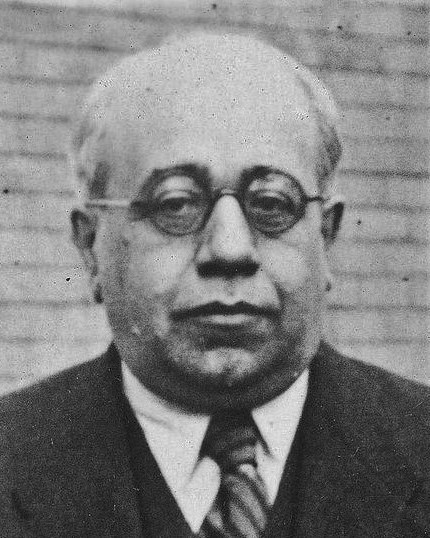- IT HAPPENEDPolitics
- 3 de November de 2024
- 2 Comments
- 6 minutes read
The death of Manuel Azaña

IT HAPPENED…
On November 3, 1940
The death of Manuel Azaña


… On November 3, 1940, the president of the Second Spanish Republic, Manuel Azaña, died in Montauban (France). After the fall of Catalonia in February 1939, he had gone to France, ill, exiled and persecuted, from where he helplessly witnessed the collapse of the Second Republic that he had presided over. He knew from time before that the Republic was going to loose lost the war. His death was in a way a posthumous victory against Franco, who could not afford to take fim to Spain, imprinos and execute him, as he did with so many others, and as he would undoubtedly have done with Azaña.
He was Prime Minister from 1931 to 1933 and President of the Republic from 1936 until his resignation on 27 February 1939. Contrary to the idea spread by Francoist propaganda, according to which he was a politically radical and intolerant figure, and also accused by many Republicans of connivance with the right and of being a defeatist during the war, Azaña was an intellectual, a writer and a politician who embodied the ideals of enlightened Spain; the Spain that lost the civil war. During the last six months of the war, he had been politically isolated.
He had tried, without success, to promote initiatives that would facilitate the mediation of France and England in the Spanish war, and that this mediation would enable the establishment of a ceasefire. He raised this issue in his speech ‘Peace, Pity and Forgiveness…’
He had tried, without success, to promote initiatives that would facilitate the mediation of France and England in the Spanish war, and that this mediation would enable the establishment of a ceasefire. He raised this issue in his speech ‘Peace, Pity and Forgiveness…’, given on the eve of the start of the Battle of the Ebro. Afterwards, increasingly estranged from Negrín, he was reduced to a mere testimonial figure, personally very dejected himself by the tragedy that the country was experiencing and aware of the dire future that was approaching.
After going to France, Prime Minister Negrín told him to stay at the Spanish embassy in Paris while preparing his return to the centre, where the Republic continued to resist. But Azaña was very clear that everything was lost and replied that he did not intend to return: he announced his resignation as soon as France and England recognised Franco’s regime.
On June 19, with France sinking under the pressure of the German army, Negrín provided him with two tickets – for him and his wife – on a ship bound for Mexico, but his poor health prevented him from doing so. When the Germans occupied France, Azaña was a refugee in Pyla-sur-Mer, a town near Bordeaux. After Pétain’s capitulation and the constitution of Vichy France, his family and his doctor moved him to Montauban, where, without being a panacea, he would be in somewhat less danger than under direct German jurisdiction.
“He will be proudly covered by the Mexican flag. For us it will be a privilege, for the republicans a hope, and for you, a painful lesson”
In September, the Mexican embassy was aware that a group of Falangists was arriving in Montauban, with the most likely intention of kidnapping Azaña and taking him to Spain. The Mexican ambassador Luis Ignacio Rodríguez Taboada then rented some rooms at the Hotel du Midi and moved Azaña there, where he would be safer. He died at 11:45 p.m. on November 3, in the presence of his wife, Dolores de Rivas, General Juan Hernández Sarabia, the painter Francisco Galicia, the butler Antonio Lot, the French bishop Pierre-Marie Théas and the nun Ignace, who had been caring for him in recent days.
He was buried in the Montauban cemetery, with a simple tombstone and a bronze cross on which the inscription reads ‘Manuel Azaña: 1880-1940’. Marshal Pétain expressly prohibited the funeral of a head of state, imposing that if he was to be covered with a Spanish flag, it would be the red and yellow monarchical flag adopted by the Franco dictatorship; under no circumstances would the tricolour republican flag be used. The Mexican ambassador then intervened, covering him with a Mexican flag, telling the French collaborationist prefect:
“He will be proudly covered by the Mexican flag. For us it will be a privilege, for the republicans a hope, and for you, a painful lesson”.
Source: educational EVIDENCE
Rights: Creative Commons


2 Comments
¡Enhorabuena por este merecido recuerdo y homenaje a don Manuel Azaña! ¡El texto es perfecto! Muchas gracias.
¡Muchísimas gracias!